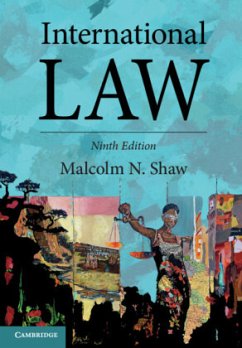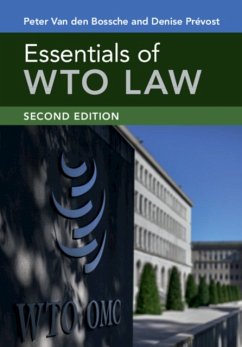
International Law
Versandkostenfrei!
Verlag / Hersteller kann z. Zt. nicht liefern
32,99 €
inkl. MwSt.
Weitere Ausgaben:
A landmark publication in the teaching of international law from one of the world's leading international lawyers. This refreshingly clear, concise textbook conveys the dynamics of international law through four questions: Where does it come from? To whom does it apply? How does it resolve conflict? And what does it say?














